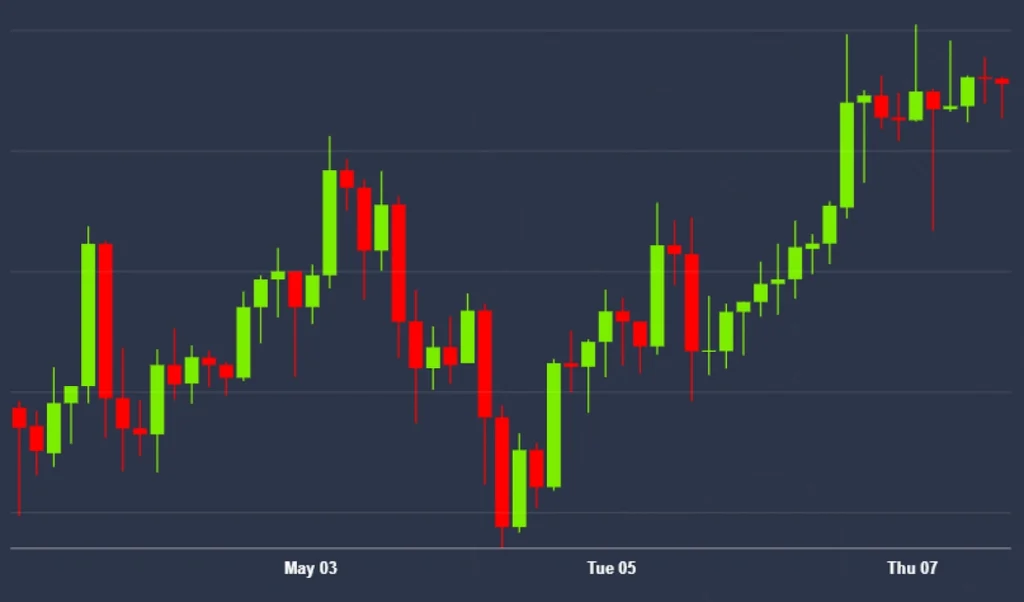Crypto Arbitrage Explained (Without the Jargon): How to Do Arbitrage Like a Pro
August 27, 2024

Let’s be real — when most folks hear about crypto arbitrage, their first reaction is usually something like, “Wait… is this legal?” or “Sounds too good to be true.” And honestly, fair enough. The idea of buying Bitcoin on one exchange, selling it on another for a higher price, and pocketing the difference sounds like easy cash. But before we jump into how to do arbitrage, let’s untangle what this thing really is — and whether it’s worth your time.
What Even Is Crypto Arbitrage?

At its core, crypto arbitrage is just exploiting price differences. Since different crypto exchanges operate independently, prices for the same coin can vary — even just slightly. That tiny price gap? That’s your opportunity.
Let’s say Ethereum is trading at $3,000 on Exchange A but $3,020 on Exchange B. If you buy on A and sell on B fast enough (key word: fast), you can lock in a tidy little profit. Sounds simple, but — of course — there’s a catch. Or several.
How to Do Arbitrage Without Losing Your Shirt


Now, here’s the real meat of the matter — how to do arbitrage without falling into a rabbit hole of fees, delays, or rookie mistakes. Here’s a breakdown of common types of crypto arbitrage and how people try to make them work.
1. Simple Arbitrage (a.k.a. “Spot Arbitrage”)
This is your basic form: buy low on one platform, sell high on another. It’s straightforward but demands speed — delays in transaction times (especially with blockchain confirmations) can kill your profit or even flip it into a loss.
Pro Tip: Use exchanges with fast withdrawal speeds and low network fees. Some traders even keep crypto pre-loaded on multiple platforms to act instantly.
2. Triangular Arbitrage
Sounds fancy, but here’s the gist: you trade between three cryptocurrencies on one exchange to exploit price differences. For example: BTC → ETH → USDT → BTC. If the exchange rates align weirdly, you can end up with more BTC than you started with.
It’s math-heavy and definitely not for beginners, but it doesn’t require moving funds between platforms — which is a big plus.
3. Automated Arbitrage (Bots, Baby)
Some folks use trading bots to catch micro-price differences around the clock. You’ll need to trust the code, pay for good software (or build your own), and still factor in exchange fees. But if you’re serious and a bit techy, this might be the route.
Things That Can Go Sideways…

It’s not all smooth sailing. Here’s where arbitrage sounds easy but turns messy:
- Withdrawal delays: You buy Bitcoin cheap but can’t move it to the other exchange before the price gap closes? Boom. Opportunity gone.
- High fees: Transfer fees, trading fees, even hidden “gotchas” — they add up and can wipe out profits.
- KYC and transfer limits: Some exchanges limit how much you can withdraw or require identity verification that delays access.
- Slippage: By the time your order executes, the price might’ve changed slightly — not in your favor.
Basically: you need a system. A plan. And yeah, maybe a calculator too.
So… Is It Actually Worth It?

Honestly? Maybe. Some say crypto arbitrage is one of the safest trading methods because it’s based on math, not guessing price directions. Others think the golden days of easy arbitrage are gone, eaten up by trading bots and tighter spreads.
But if you’re patient, detail-oriented, and don’t mind dealing with multiple exchanges, it can still work — especially in volatile markets when prices swing wildly for a few minutes.
Final Thoughts: Mastering How to Do Arbitrage

If you’ve read this far, kudos — you’re clearly serious about figuring out how to do arbitrage the smart way. It’s not exactly free money, but it’s not a scam either. Like any trading strategy, it takes effort, timing, and a bit of guts.
Start small, test the waters, and don’t get greedy. Arbitrage isn’t about moonshots — it’s about steady, careful wins. And hey, in the wild world of crypto, that’s saying something.
Relevant news: Blockchain and RWAs: Real Fix for Finance or Just Another Crypto Dream?

